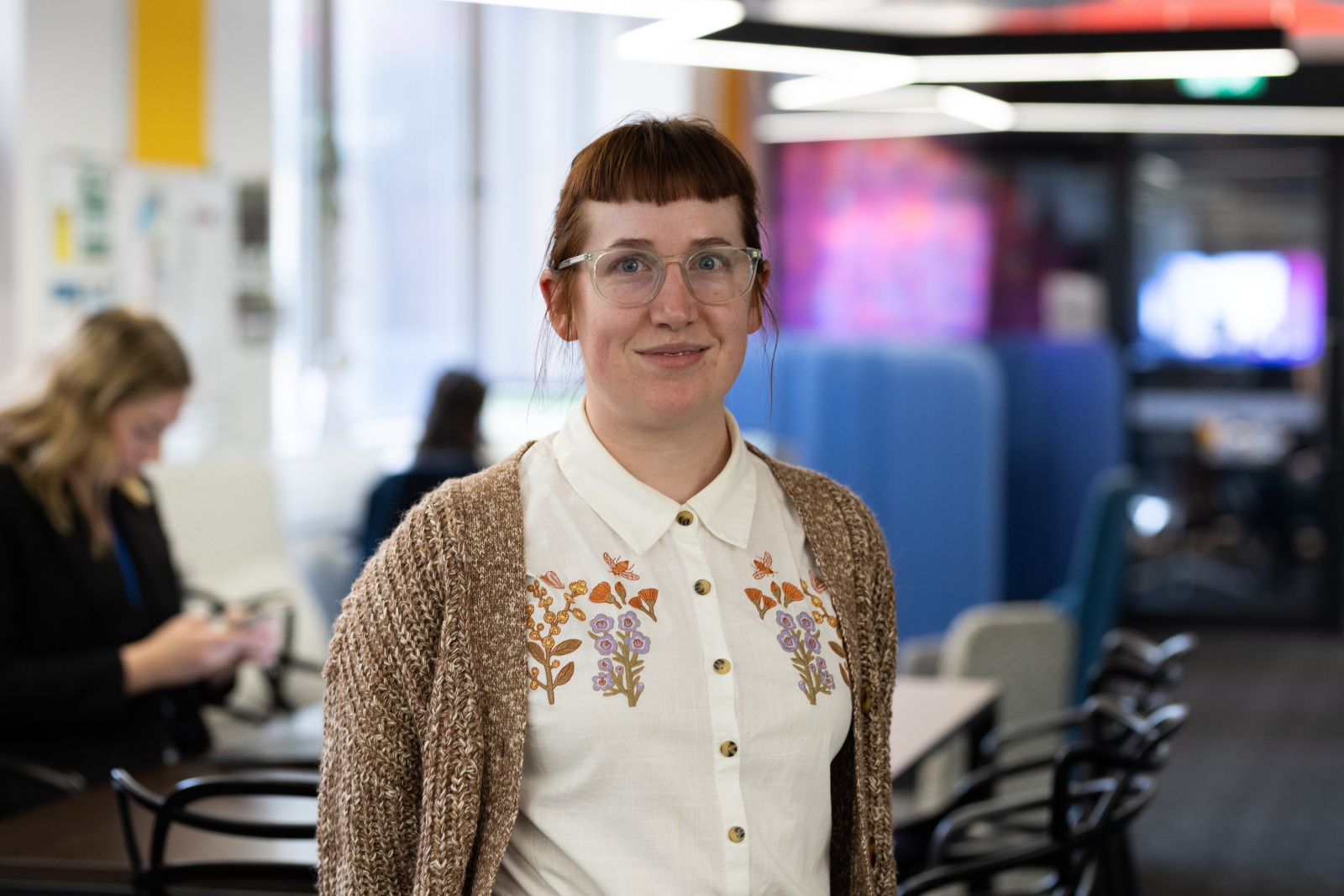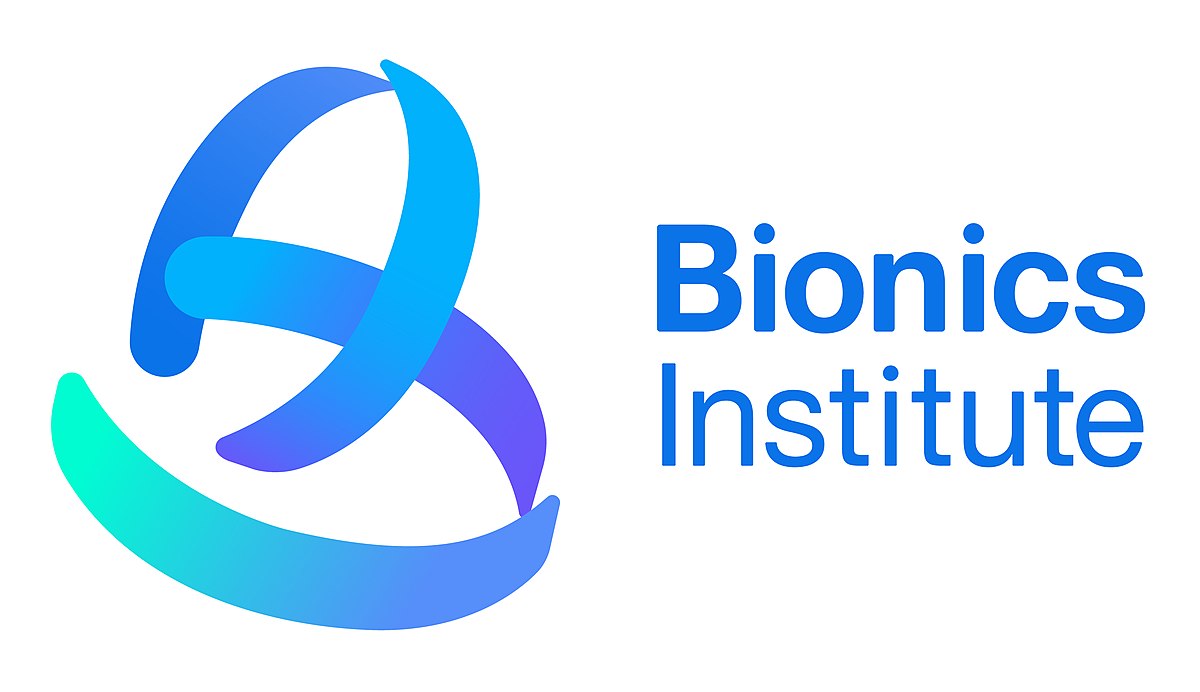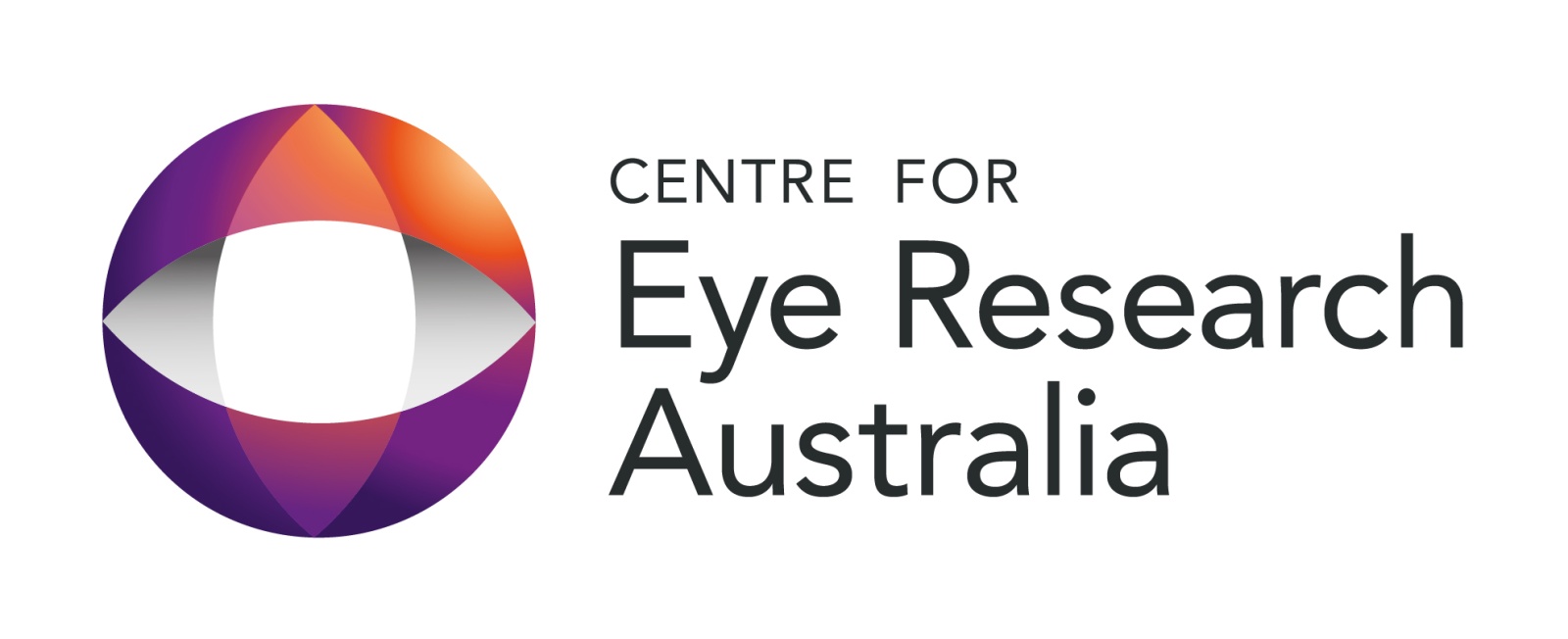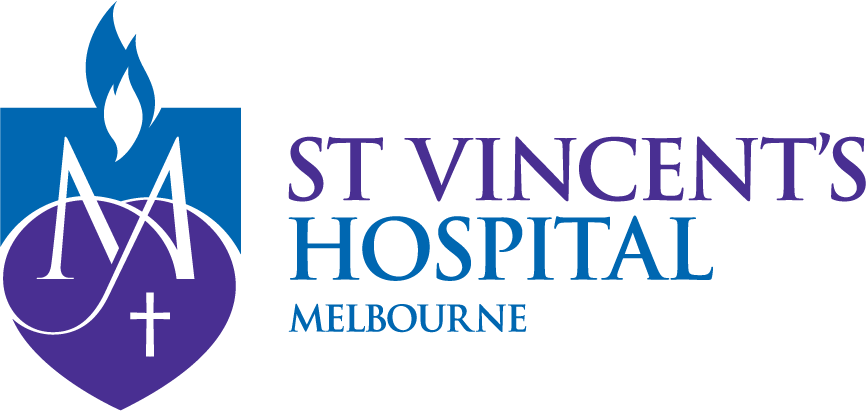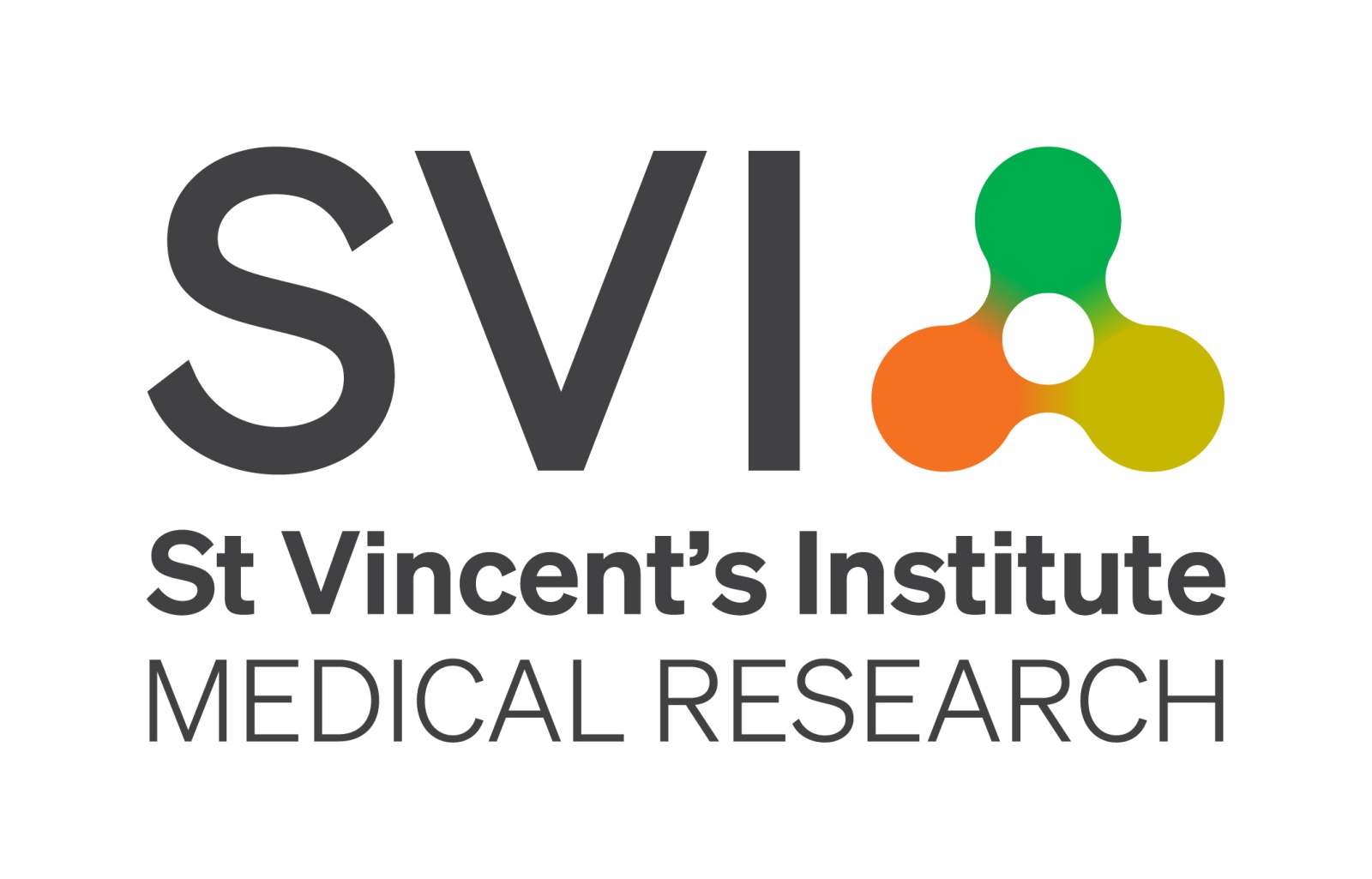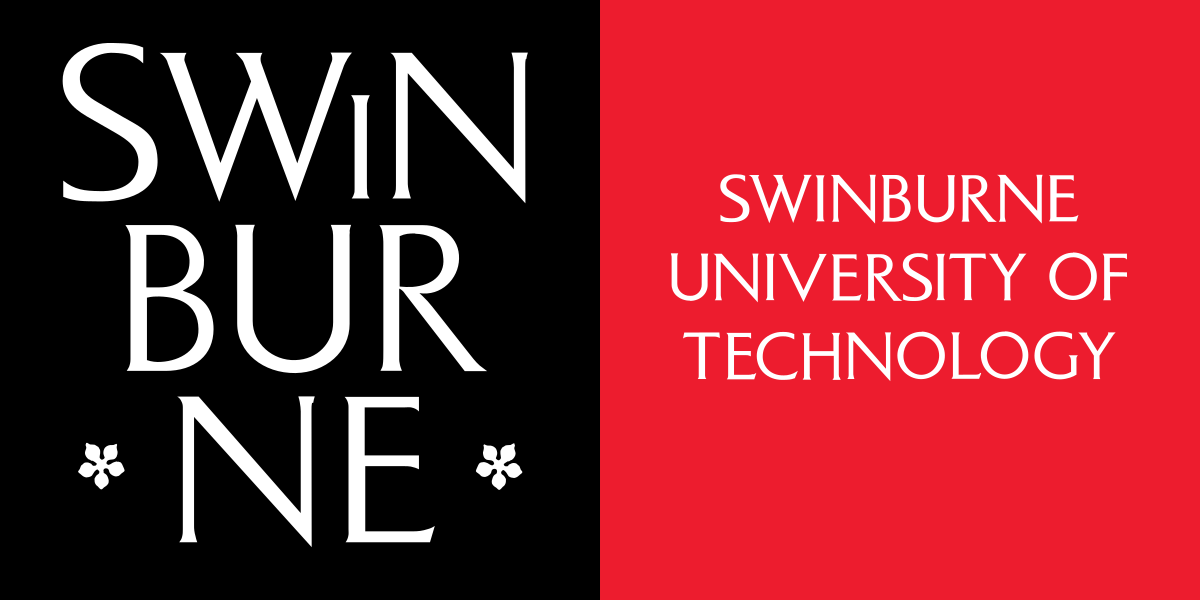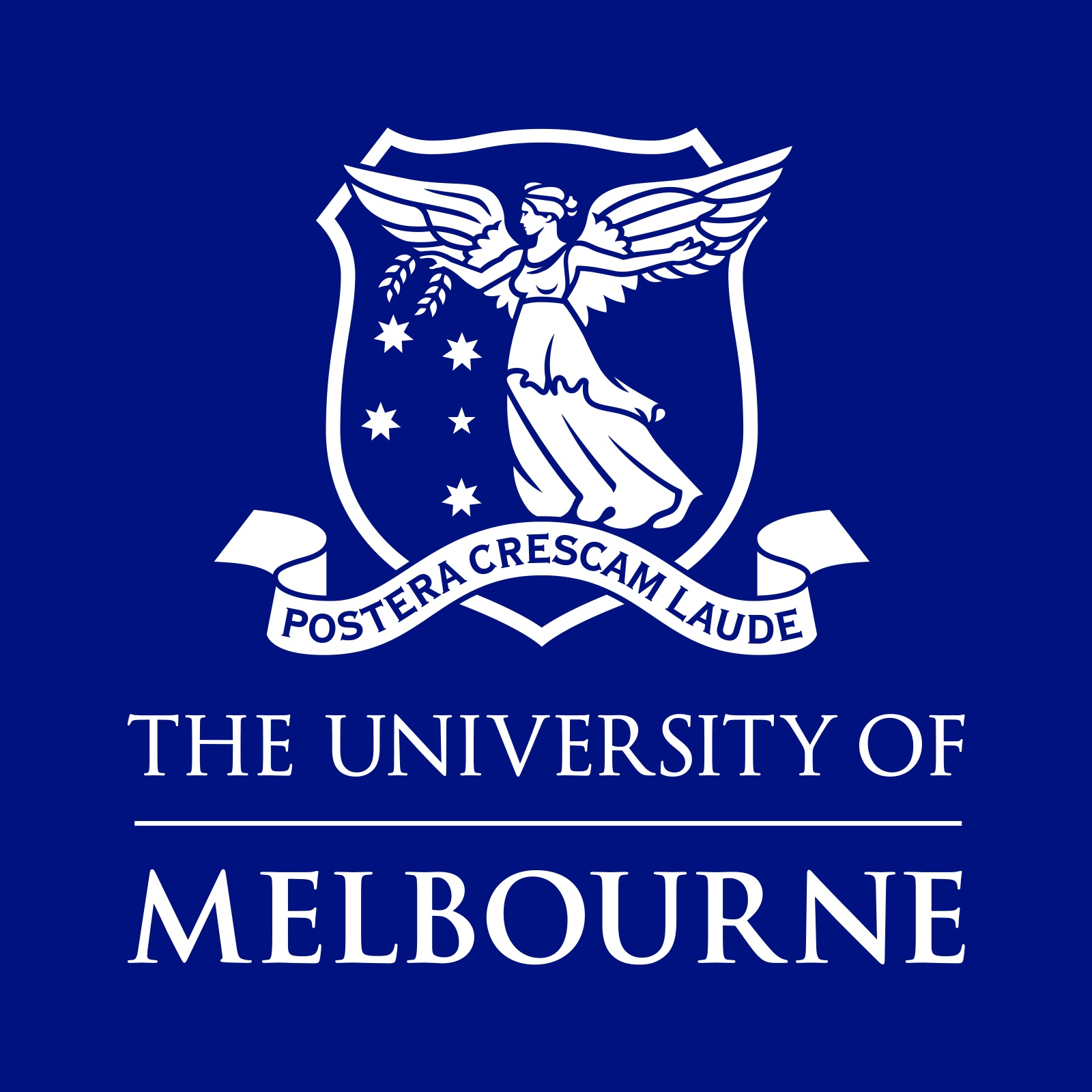An innovative new 3D microscope is changing the way research teams at the Aikenhead Centre for Medical Discovery (ACMD) approach investigations into treatments for various disorders including epilepsy, muscle diseases and the prevention of osteoarthritis.
The first model of its kind in Australia, the UltraMicroscope Blaze Light Sheet microscope, has the ability to provide never before seen three-dimensional (3D) detail of fully-intact tissue and organ samples, enabling researchers to gain an entirely new perspective.
This state-of-the-art microscope has been made possible thanks to a generous grant of $100,000 from the Ian Potter Foundation.
The Ian Potter Foundation has a long history of supporting medical research through grants for equipment. This type of support helps Australia continue to punch above its weight on the world stage by funding world-first research and state-of-the-art equipment.
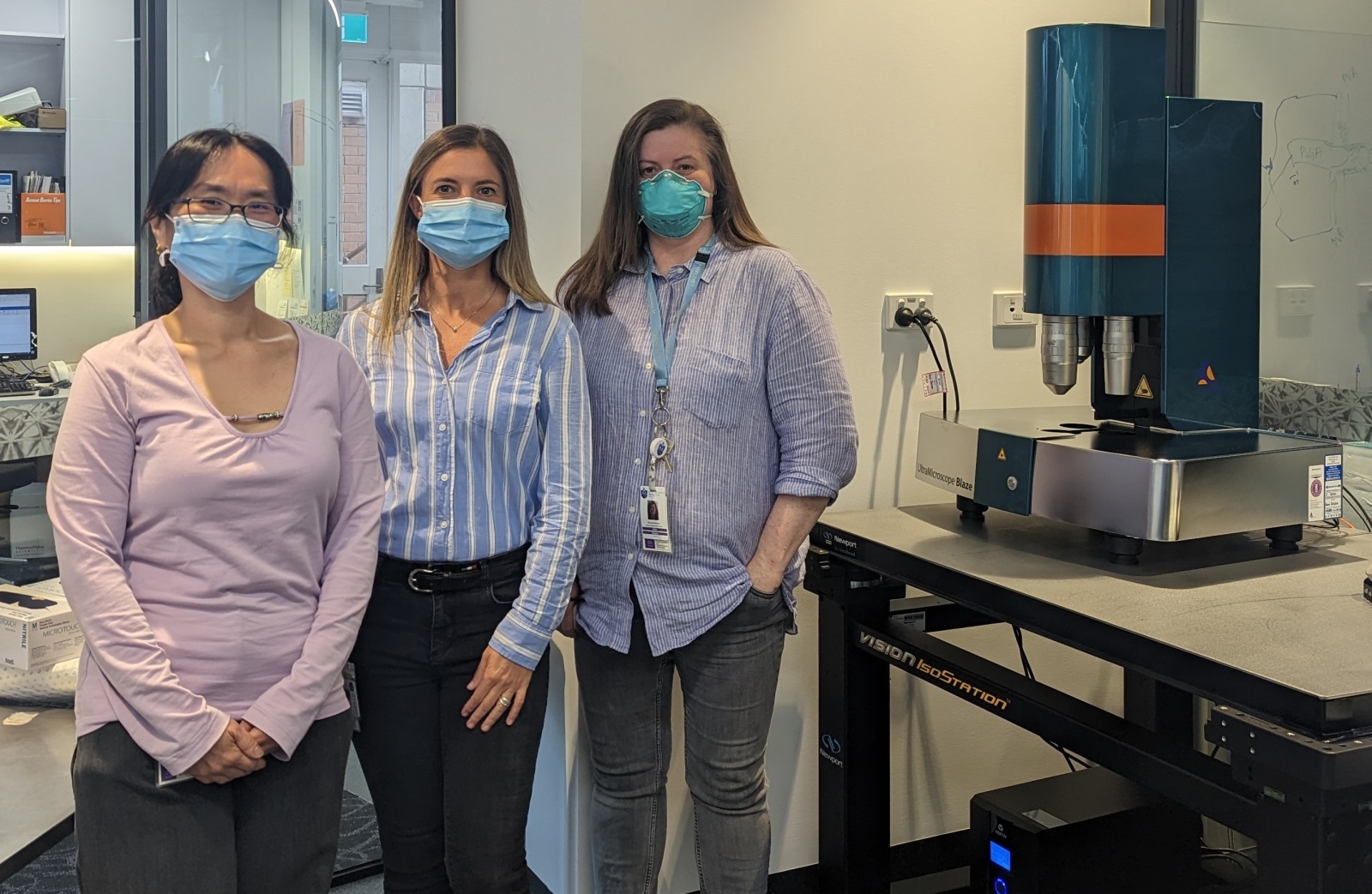
Image: (L to R) ACMD researchers, Dr Cynthia Wong, Dr Serena Duchi and A/Prof Anita Quigley with the UltraMicroscope Blaze Light Sheet microscope.
ACMD researchers A/Prof Anita Quigley, Dr Serena Duchi and Dr Cynthia Wong are thrilled to have access to this new equipment that is particularly beneficial for projects focused on understanding how tissue or organs work.
Project Lead, Associate Professor Anita Quigley said, “Examples of where the new microscope will be particularly important are our studies on how epilepsy affects the brain and our muscle regeneration projects. Traditionally, electrodes are used to modulate and analyse epileptic activity. This requires the electrodes to be removed before we can analyse the sample, which can damage the delicate tissue. With the Light Sheet microscope, we can image the tissue with the electrodes intact. Additionally, we can analyse our engineered muscle constructs without going through lengthy analysis. This really is a game changer.”
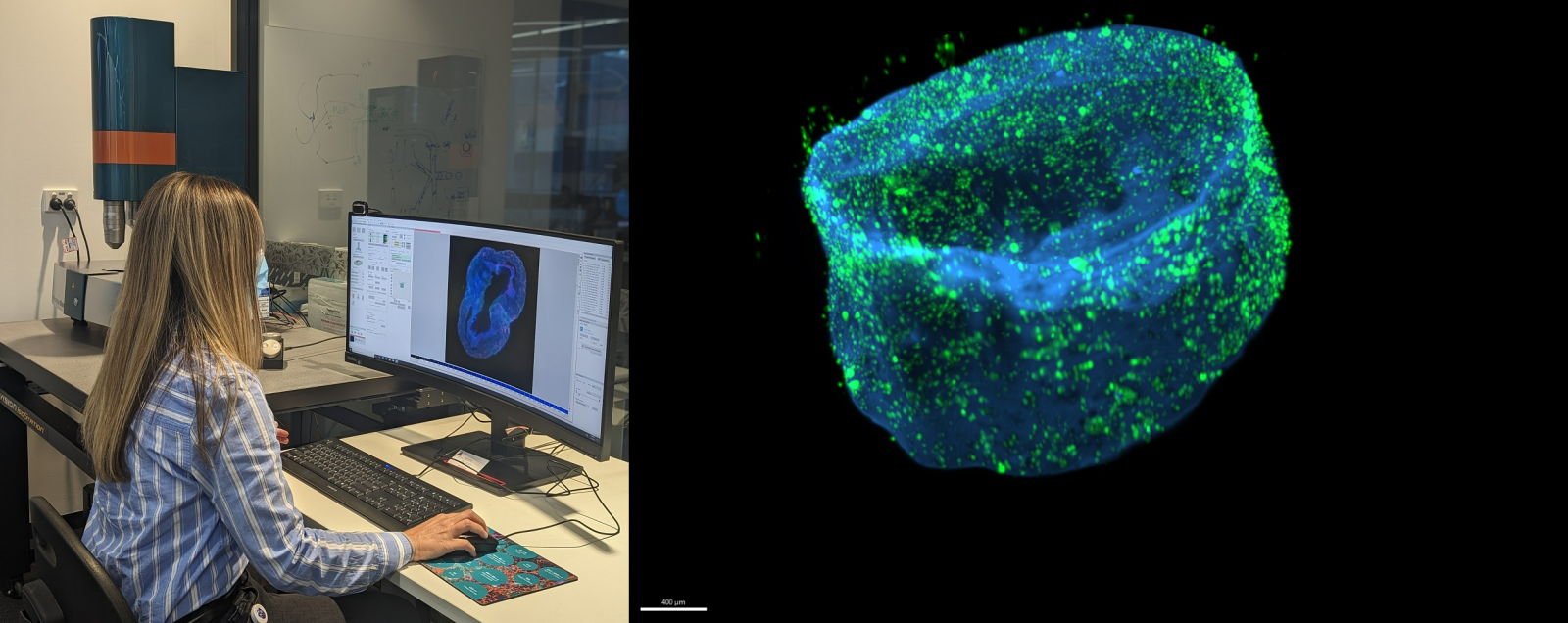
Image: (L to R) Dr Serena Duchi analyses a sample and Cartilage tissue engineered scaffold > blue biocompatible hydrogel; green stem cells expressing cartilage marker.
Dr Serena Duchi explained, “The Light Sheet microscope will provide far more accurate results. Our research has previously been restricted to only being able to view samples as two-dimensional (2D). This 2D method also required each sample to be cut into thin slices, which risks compromising the sample. Similarly, access to detailed 3D imaging will enable tissue-engineered cartilage to be visualised and compared to the surrounding natural tissue, in order to track how well the injury has been repaired, to prevent osteoarthritis. It will also enable researchers to 3D-track cancer cells in large models to understand how effectively different drugs interact within a tumour.”
Dr Cynthia Wong said, “We are very grateful and appreciative of the generosity of The Ian Potter Foundation. Receiving this grant allows us to gain a greater understanding of our research into neural and cartilage regeneration. Obtaining high-quality data will also enable us to apply for nationally-competitive grants such as from the NHMRC and ARC to further develop our research and translate them into clinical practice, contributing towards the treatment of muscle disorders, epilepsy and prevention of osteoarthritis.”
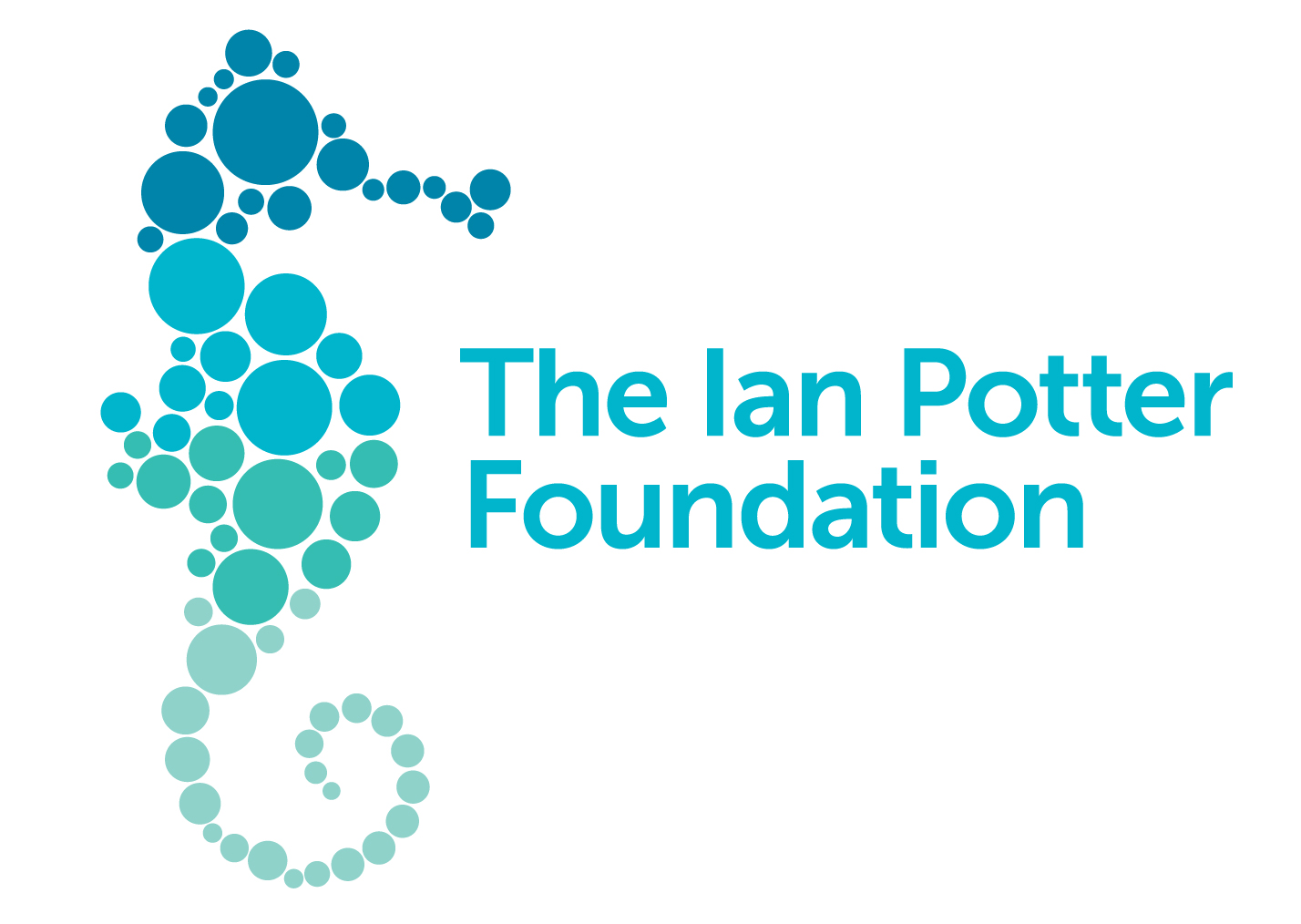
To find out more about the ACMD and how you can be involved, please contact Melina Talanis, ACMD Capital Campaign Director.

